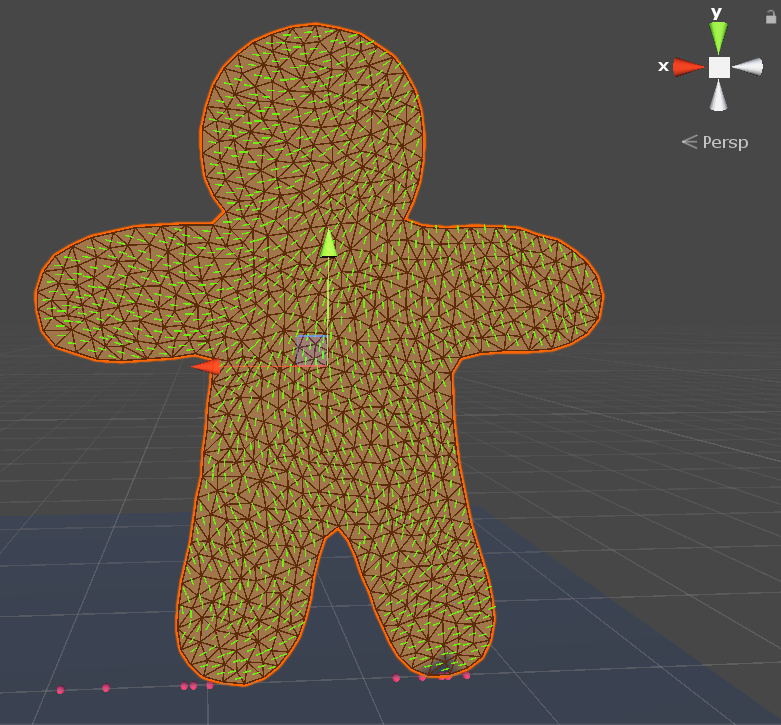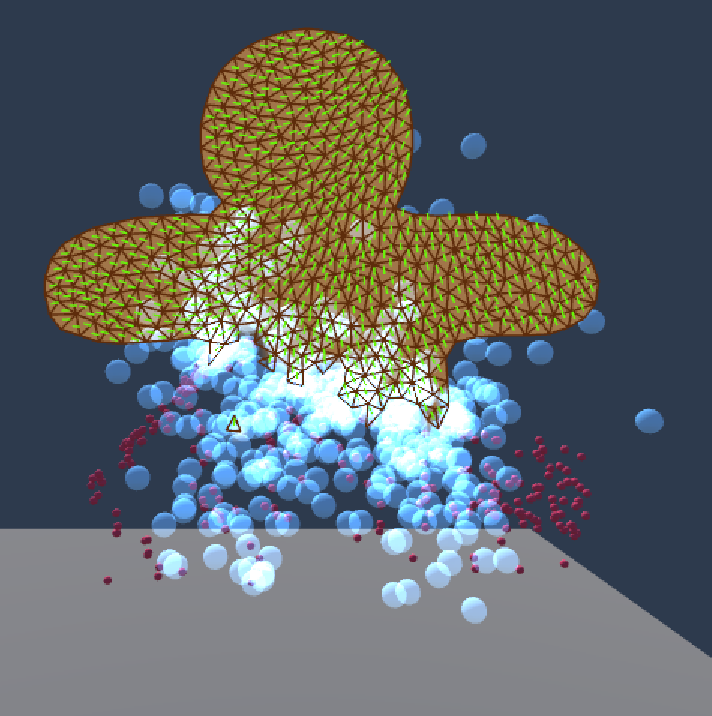Nur Didem Başkurt : Omnidirectional Hyperspectral Imaging
PhD. Candidate: Nur Didem Başkurt
Program: Information Systems
Date: 28.08.2019 10:00 a.m
Place: Conference Hall 01
Abstract: We aim to integrate hyperspectral cameras with catadioptric omnidirectional imaging systems to be able to benefit from the advantages of both. Hyperspectral imaging systems provide dense spectral information about the scene being investigated by collecting contiguous data from high number of bands on the electromagnetic spectrum. However the low spatial resolution of these sensors frequently bring about the mixing problem in remote sensing applications. Several unmixing approaches are developed in order to handle the challenging mixing problem on perspective images. On the other hand, omnidirectional imaging systems provide a 360-degree field of view in a single image, while they renounce high spatial resolution. Catadioptric images introduce a radial warping due to the structure of the mirror used in the system. This warping causes a non-uniformity in the spatial resolution which makes the unmixing problem more complicated. In this context, a novel spatial-contextual unmixing algorithm is developed specialized for the large field of view hyperspectral imaging systems. The proposed algorithms are evaluated on various real-world and simulated cases. Experimental results show that the proposed approach outperforms compared methods.




